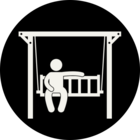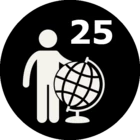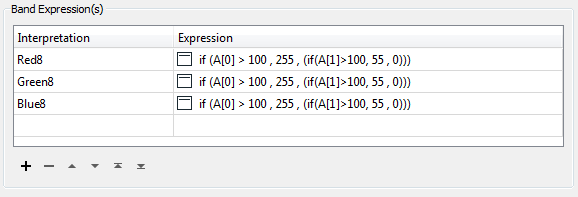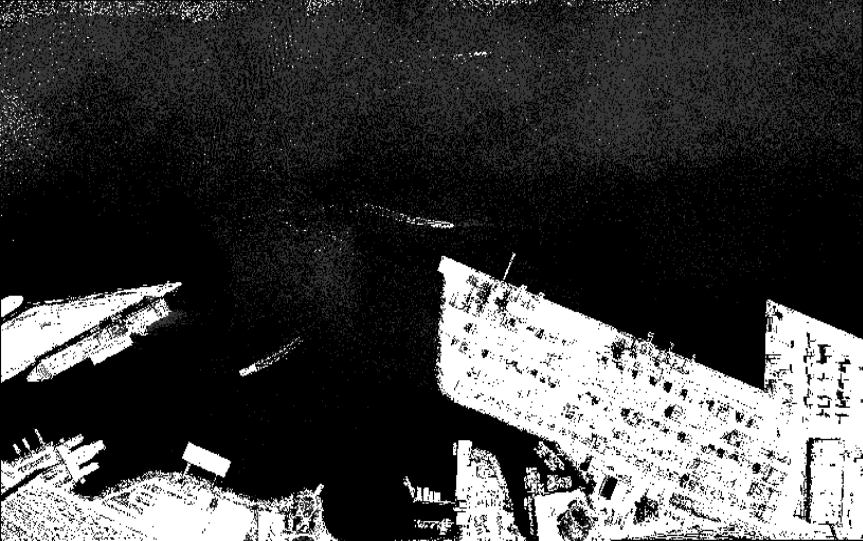The RasterExpressionEvaluator has, as far as I can see, no examples in the help file. How do you correctly format a condition such as
@if((A[0])>300 && (A[0]<0), 3000, A[0]) or @if((A[0])>300 || (A[0]<0), 3000, A[0])
where the values between 0 and 300 should be 3000, and otherwise unchanged. The above expressions give an empty result. Is it maybe an idea to insert example expressions in the help file?
Also, I am aware that RasterCellValueReplacer can also do this, but the options in this transformer are very limited, and I am looking for something more flexible.
thanks,















